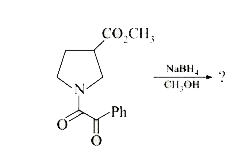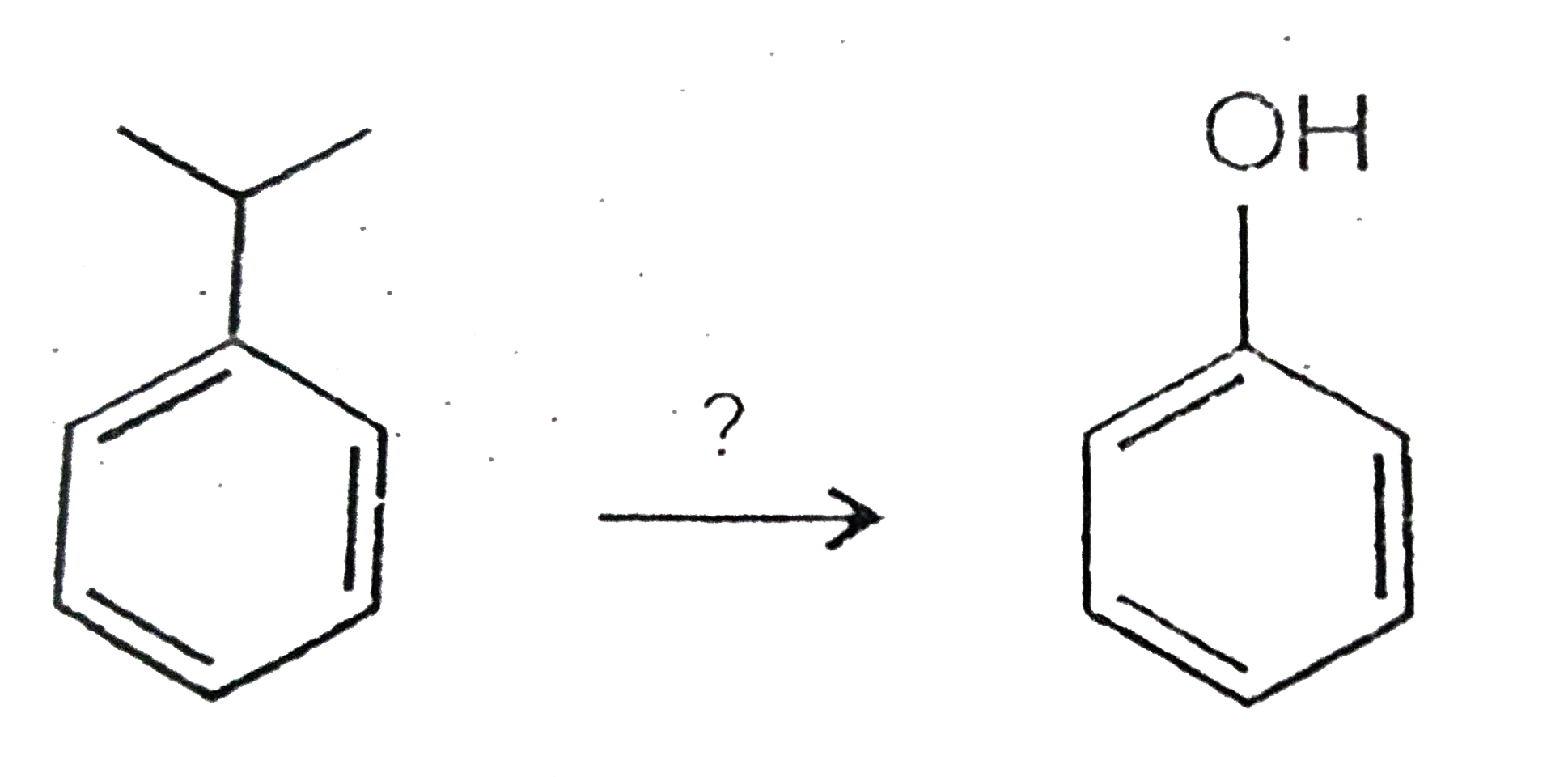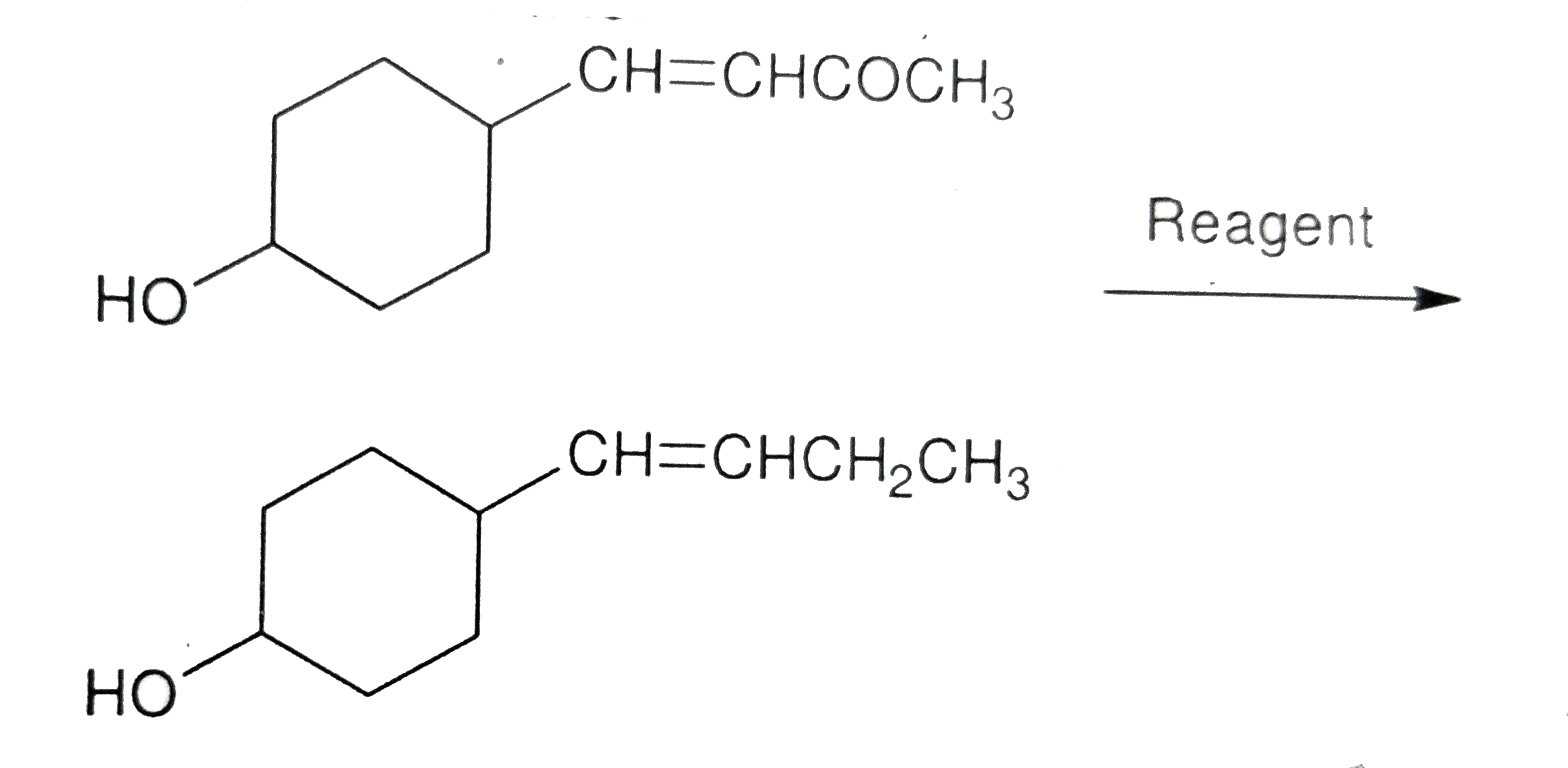In transformation
DNA segment of a dead relative enters a living cell and replaces homologous section
Chromosomal mutation takes place
DNA is duplicated
RNA is duplicated.
The correct Answer is:A
Step-by-Step Solution:
1. Understanding Transformation:
- Transformation is a process of genetic exchange in bacteria where a living cell takes up DNA from its environment. This DNA can come from dead bacterial cells.
2. Process of Transformation:
- In transformation, a DNA segment from a dead relative (another bacterium) enters a living bacterial cell.
- This DNA segment is then incorporated into the living cell's genome.
3. Replacement of Homologous Sections:
- The DNA segment that has entered the living cell replaces a homologous section of the cell's own DNA. This means that the new DNA is similar enough to the existing DNA that it can take its place.
4. Evaluating the Options:
- Option 1 states that "DNA segment of dead relative enters a living cell and replaces homologous section." This accurately describes the process of transformation.
- Option 2 mentions chromosomal mutation, which is not a direct result of transformation.
- Option 3 talks about DNA duplication, which does not occur in transformation.
- Option 4 refers to RNA duplication, which is unrelated to the transformation process.
5. Conclusion:
- Based on the explanation of transformation, the correct answer is Option 1.
Final Answer: Option 1 - DNA segment of a dead relative enters a living cell and replaces homologous section.
---
- Transformation is a process of genetic exchange in bacteria where a living cell takes up DNA from its environment. This DNA can come from dead bacterial cells.
- In transformation, a DNA segment from a dead relative (another bacterium) enters a living bacterial cell.
- This DNA segment is then incorporated into the living cell's genome.
- The DNA segment that has entered the living cell replaces a homologous section of the cell's own DNA. This means that the new DNA is similar enough to the existing DNA that it can take its place.
- Option 1 states that "DNA segment of dead relative enters a living cell and replaces homologous section." This accurately describes the process of transformation.
- Option 2 mentions chromosomal mutation, which is not a direct result of transformation.
- Option 3 talks about DNA duplication, which does not occur in transformation.
- Option 4 refers to RNA duplication, which is unrelated to the transformation process.
- Based on the explanation of transformation, the correct answer is Option 1.
Topper's Solved these Questions
- KINGDOM MONERA (THE PROKARYOTES)BOOK - DINESH PUBLICATION ENGLISHCHAPTER - KINGDOM MONERA (THE PROKARYOTES)EXERCISE - REVISION QUESTIONS FROM CPMPETITIVE EXAMS.
500 Videos
- KINGDOM MONERA (THE PROKARYOTES)BOOK - DINESH PUBLICATION ENGLISHCHAPTER - KINGDOM MONERA (THE PROKARYOTES)EXERCISE - CHECK YOUR GRASP
20 Videos
- KINGDOM FUNGI-MULTICELLULAR DECOMPOSERSBOOK - DINESH PUBLICATION ENGLISHCHAPTER - KINGDOM FUNGI-MULTICELLULAR DECOMPOSERSEXERCISE - CYG
19 Videos
- KINGDOM PLANTAE OR METAPHYTA BOOK - DINESH PUBLICATION ENGLISHCHAPTER - KINGDOM PLANTAE OR METAPHYTA EXERCISE - CYG
20 Videos
Similar Questions
The appropriate reagent for the following transformation is

View SolutionThe appropriate reagent for the following transformation is :

View SolutionThe major product obtained in the following transformation is:

View SolutionReagents required to perform the given transformation is

View SolutionThe reagent best suitable for the following transformation is :

View SolutionIn the given transformation, which of the following is the most appropriate reagent ?

View SolutionDifferentiate between Conjugation and transformation
View SolutionThe transformation ratio in the step -up transformer is
View SolutionTrabaculae is the transformation of
View SolutionMicroinjection is a method used in genetic engineering for
(a) DNA fingerprinting
(b) transformation of animal cells
(c) transformation of plant cells
(d) transformation of bacteria
View Solution
